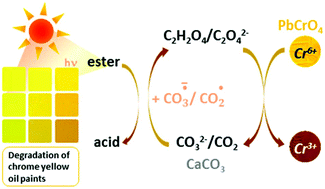BACKGROUND AND PURPOSE:
The Centers for Medicare and Medicaid Services imposed a 25% professional component multiple procedure payment reduction for the professional component of advanced diagnostic imaging modalities in January 2012. In 2017, the Centers for Medicare and Medicaid Services rolled back the multiple procedure payment reduction to 5% for subsequent imaging. To evaluate the effect of this change, we analyzed 5 months of Centers for Medicare and Medicaid Services procedures at Johns Hopkins Medical Institution.
MATERIALS AND METHODS:We analyzed the procedure codes and reimbursement rate for studies performed between January 1 and May 31, 2017. Patients with Medicare insurance who had multiple diagnostic procedures in a day were selected. Per the Centers for Medicare and Medicaid Services guidelines, procedures with the highest price were considered fully reimbursed and subsequent studies were marked for differences between 25% (2013–2016) and 5% reduction (2017).
RESULTS:We included 8787 patients with 22,236 procedures (mean, 2.53 studies/day). CT, MR imaging, and ultrasound scans composed 75.9%, 21.5%, and 2.6% of all studies, with 61.2%, 54.9%, and 85.4% of the procedures of each technique subject to multiple procedure payment reduction, respectively. The projected reimbursement for these studies was $1,666,437, which translated to a $179,782 (12.1%) increase in revenue comparing 25%-versus-5% multiple procedure payment reduction rates for 5 months: $128,542 for CT, $47,802 for MR imaging, and $3439 for ultrasound. The annual overall prorated increase in revenue would be $431,476. The impact was maximal for neuroradiology.
CONCLUSIONS:With the recent favorable adjustment in multiple procedure payment reduction regulations, CT-heavy subspecialties like neuroradiology benefit the most with revenue increases. Different practice settings might experience revenue increases to a different extent, depending on the procedure and payer mix.
from Imaging via alkiviadis.1961 on Inoreader http://ift.tt/2HDSk1v
